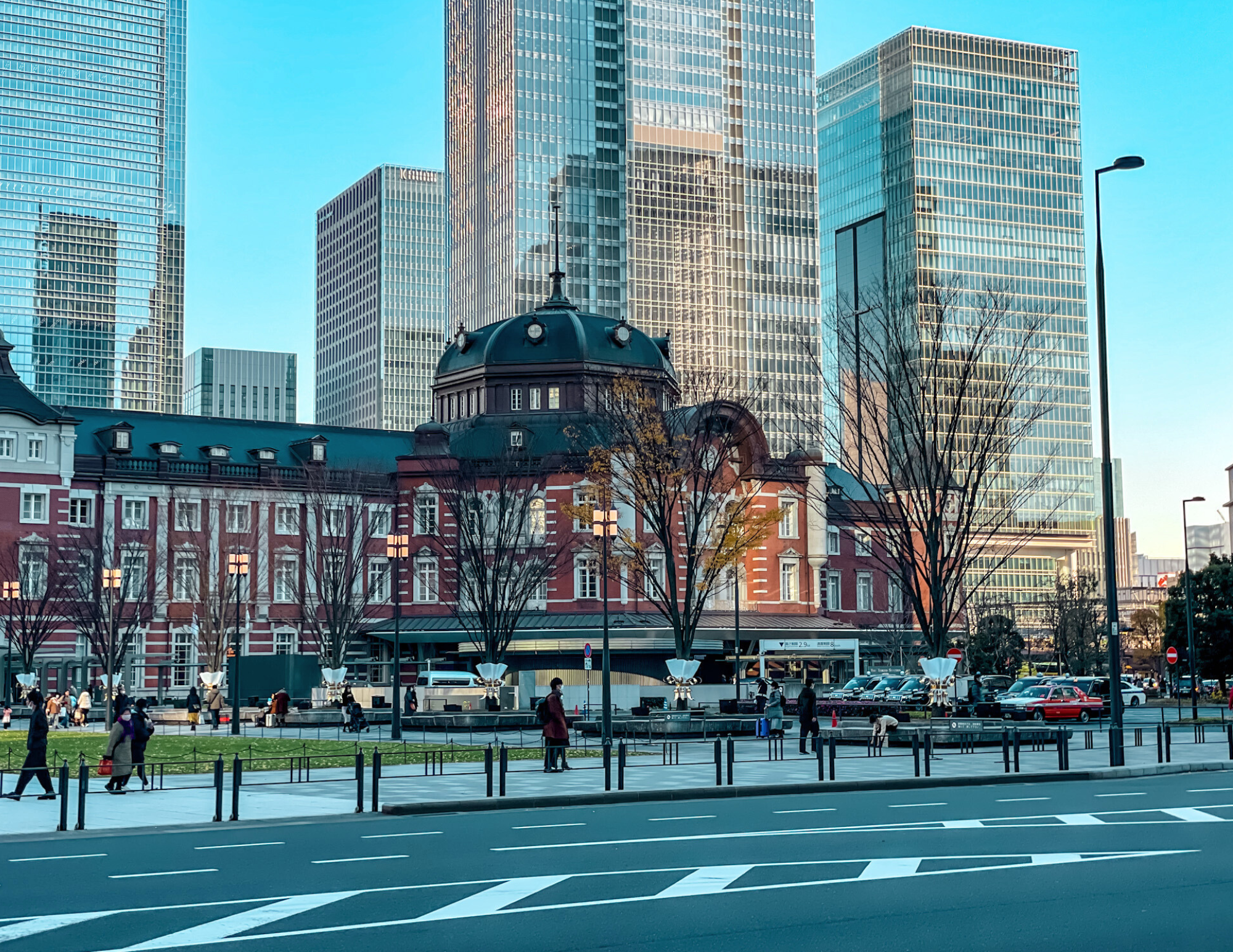Updated October 2025
I’ll be honest: Tokyo Station still gives me butterflies. Step out onto the Marunouchi side and it’s this glowing red-brick beauty from another era; slip underground and you’re in a mini-city of ramen, souvenirs, and commuters flowing like a river. It’s busy, yes…but it’s also wildly efficient and (once you know where to look) surprisingly fun.
This is the post I wish I’d had the first time I rolled in with kids, backpacks, and a half-charged phone. It’s part love letter, part survival manual, and all the little details I’ve learned by wandering, eating, and occasionally taking the wrong exit (you will too, it’s fine).
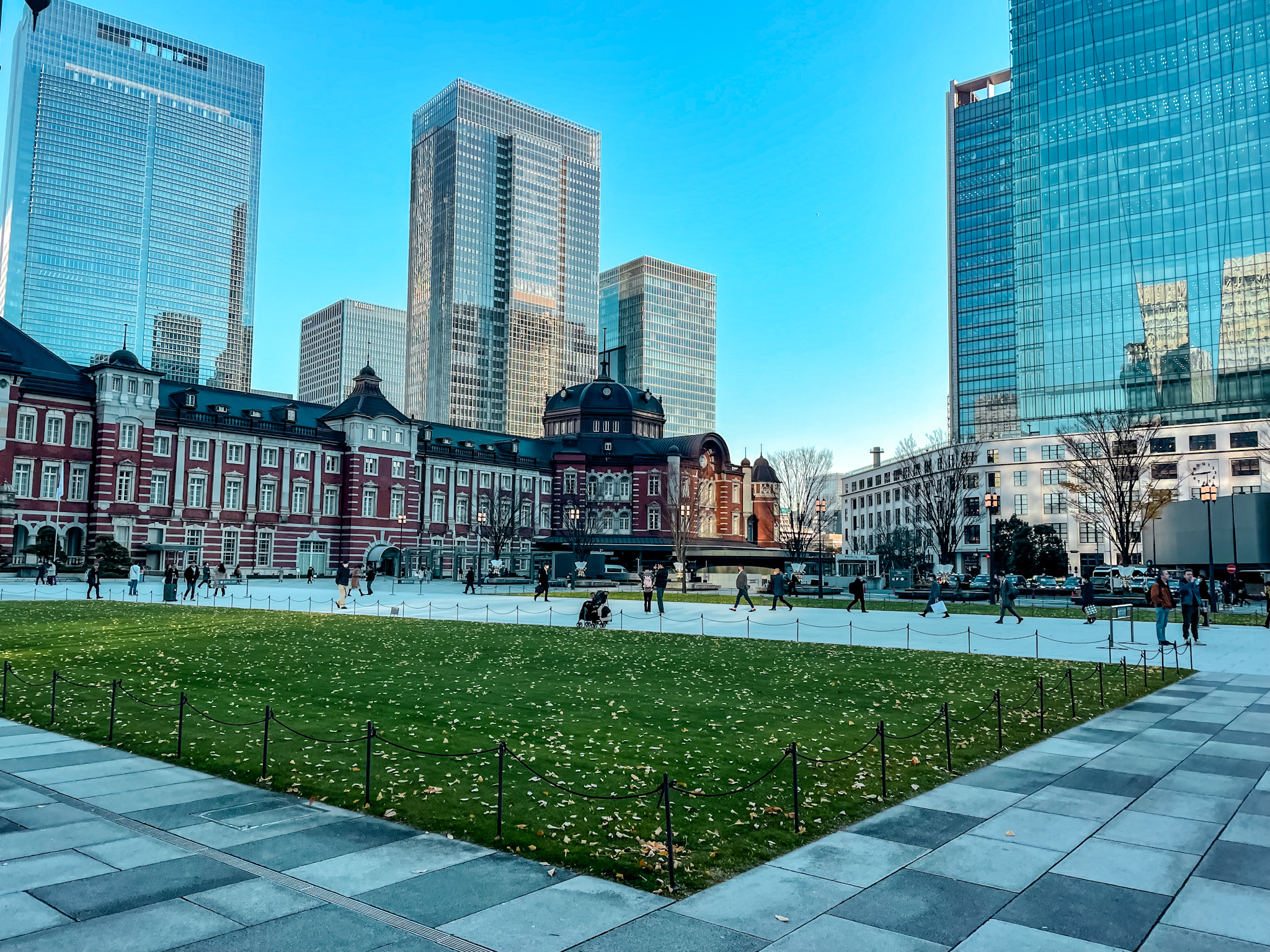
Tokyo Station at a Glance
What it is: Japan’s flagship rail hub with 28 platforms and roughly 460,000 passengers daily inside a complex that spans about 182,000 m², think “transportation + shopping mall + museum” under one roof.
Two faces to know:
Marunouchi (west) = heritage red-brick façade, plazas, galleries, KITTE rooftop views.
Yaesu (east) = shiny towers, Bus Terminal Tokyo Yaesu (for airport/highway buses), mega-shopping, hotel towers.
Why it matters: Shinkansen north to Hokkaido and south to Kyushu; JR lines like the Yamanote loop; Tokyo Metro Marunouchi Line; direct trains to Narita; easy hops to Disney via the Keiyō Line.
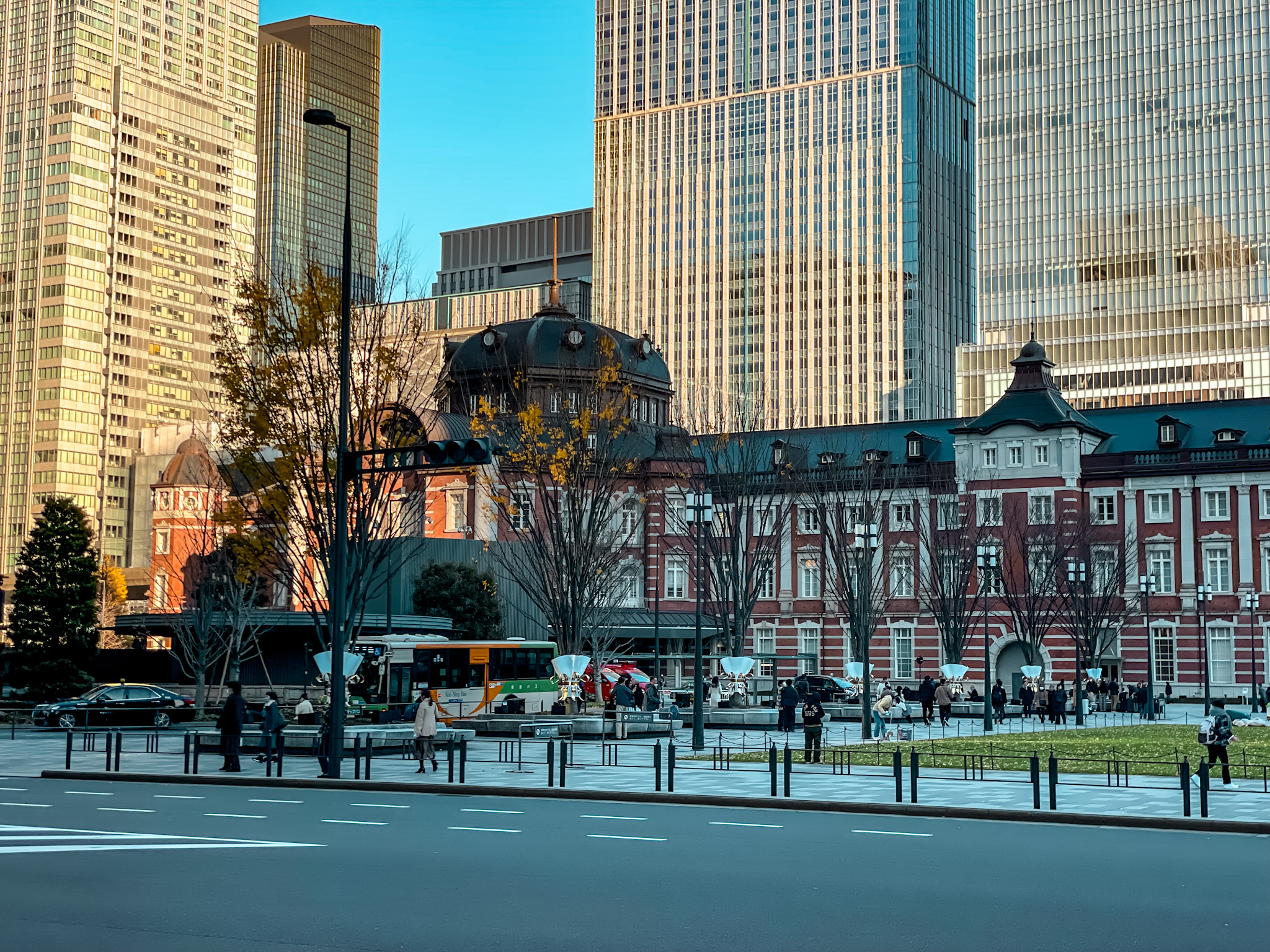
A (Very) Short History & That Gorgeous Red-Brick Building
Tokyo Station opened in 1914 and its signature Marunouchi Building (designed by Tatsuno Kingo) was restored to its pre-war glory in 2012 after a multi-year preservation project. The building was designated an Important Cultural Property in 2003, which is why it looks so pristine today, domes and all. Inside the same historic shell sits The Tokyo Station Hotel (reopened in 2012), a stunner if you want to sleep inside a national icon.
Photo tip: The best postcard shot is from Marunouchi Central Plaza at blue hour, or from the KITTE Garden rooftop across the street (free to enter).
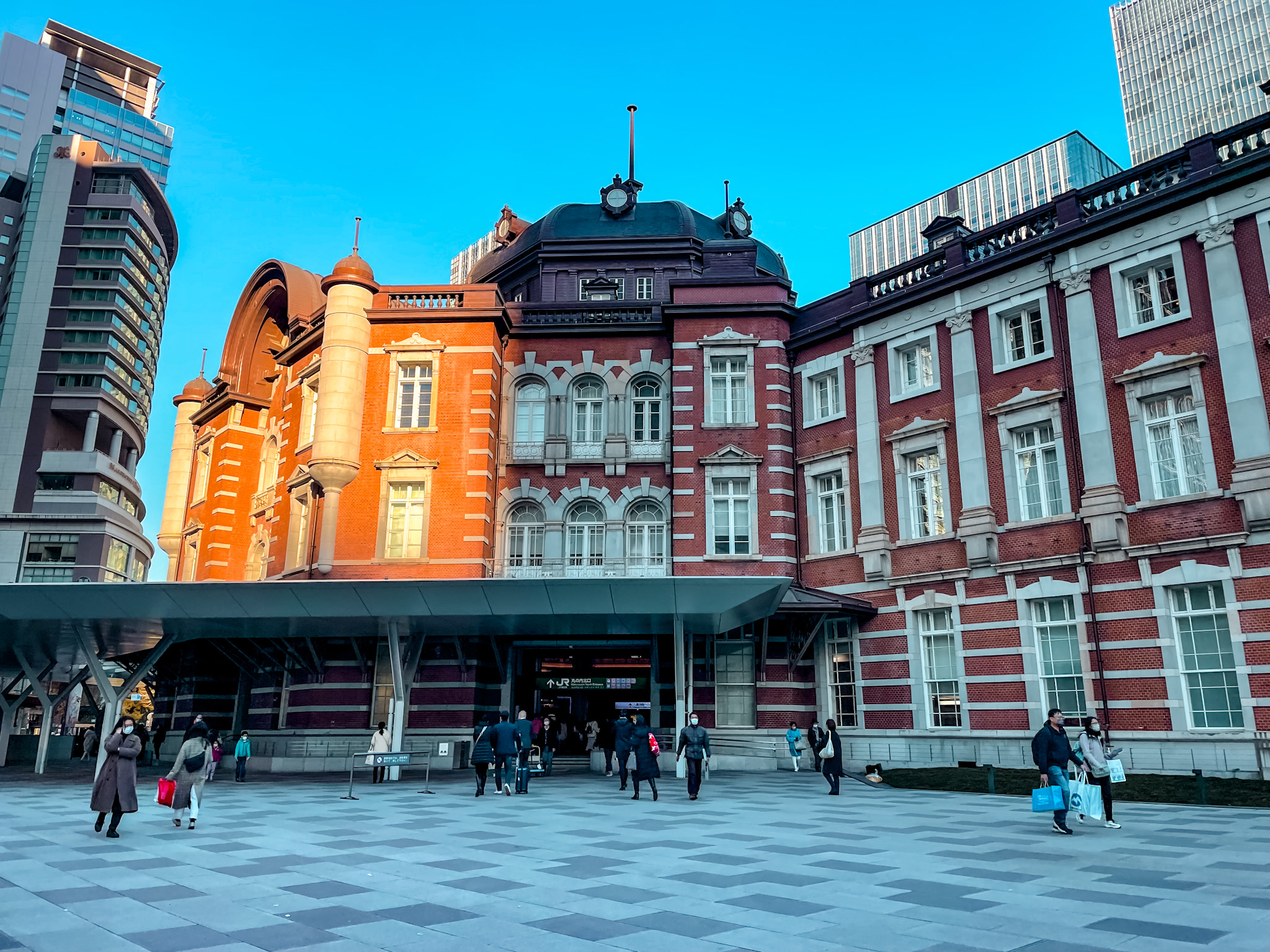
Which Exit? Marunouchi vs. Yaesu (and Why You’ll Use Both)
Marunouchi Side (West): Step out to a grand plaza, Tokyo Station Gallery (small but excellent), and the Imperial Palace area within walking distance. It’s my “breathe and admire” exit.
Yaesu Side (East): All sleek glass and shopping. Most highway/airport buses now depart from the underground Bus Terminal Tokyo Yaesu beneath Tokyo Midtown Yaesu (brand-new complex). If you’re bussing to Narita, Disney, or out of town, this will likely be your launch point.
Free shuttles: The Marunouchi Shuttle loops the business district (handy with kids or luggage), while Metrolink Nihonbashi ties the Yaesu/Nihonbashi area together, both free.
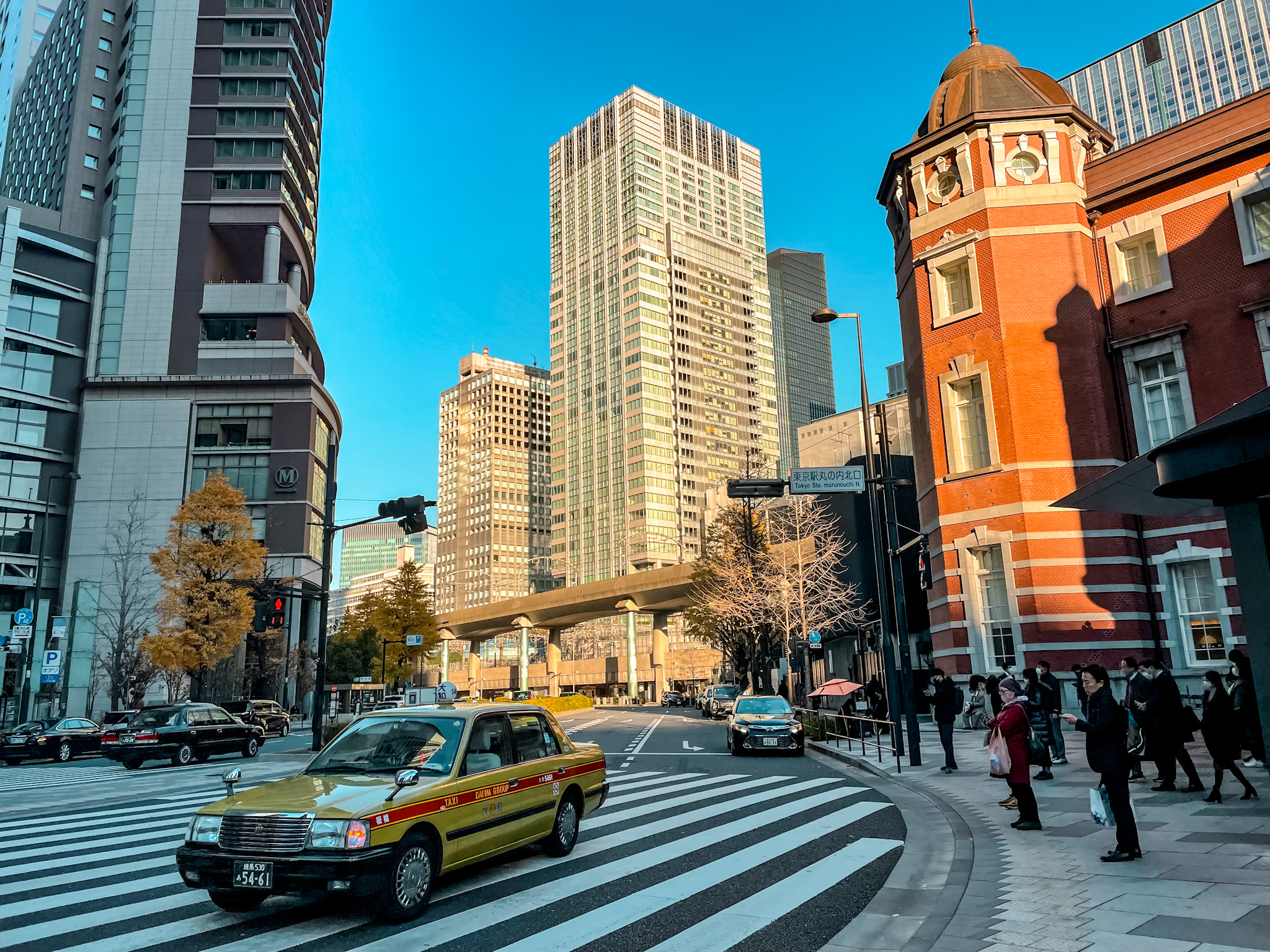
Lines & Transfers You’ll Actually Use
Shinkansen:
Tokaidō Shinkansen (to Kyoto/Osaka/Hiroshima/Fukuoka) departs Tokyo—this line is JR Central’s domain.
JR East Shinkansen lines (Tōhoku/Hokkaidō, Yamagata, Akita, Jōetsu, Hokuriku) go north/east. Follow the green “Shinkansen” icons and your train name (Hayabusa, Kagayaki, etc.).
JR Local Lines: Yamanote (green loop), Keihin-Tōhoku, Chūō Rapid (starts here), Tōkaidō, Yokosuka/Sōbu Rapid (underground), Keiyō (for Tokyo Disney Resort at Maihama). JR signs are excellent, trust the color codes.
Tokyo Metro: Marunouchi Line (red) runs under the station and is a quick way to Ginza, Shinjuku, or Ikebukuro.
Heads-up for Disney: The Keiyō Line platforms sit far to the southeast, budget 15–20 minutes of walking from the main concourse if you’re transferring from Shinkansen or Yamanote. It’s not you; it’s the station.
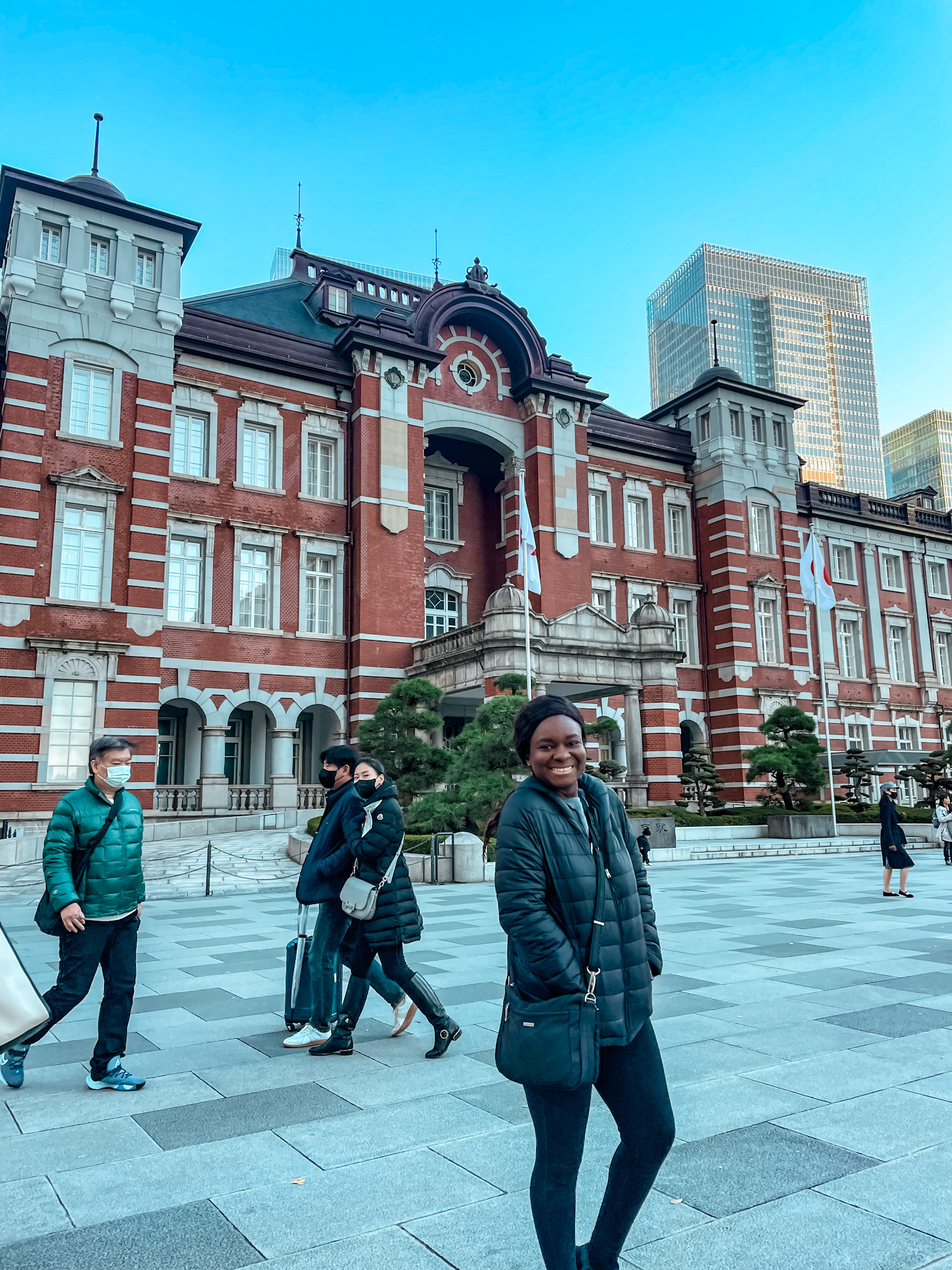
Airport Access (Narita & Haneda)
Narita Airport:
Narita Express (N’EX) runs direct from Tokyo Station (underground platforms on the Yokosuka/Sōbu corridor). Reserved seats, luggage racks, and bilingual announcements.
Airport buses also leave from Bus Terminal Tokyo Yaesu (look for “TYO-NRT/LCC Bus” timetables). Budget option, especially with big suitcases.
Haneda Airport:
JR + Tokyo Monorail: Yamanote/Keihin-Tōhoku to Hamamatsuchō, then Monorail—fast, frequent, and scenic.
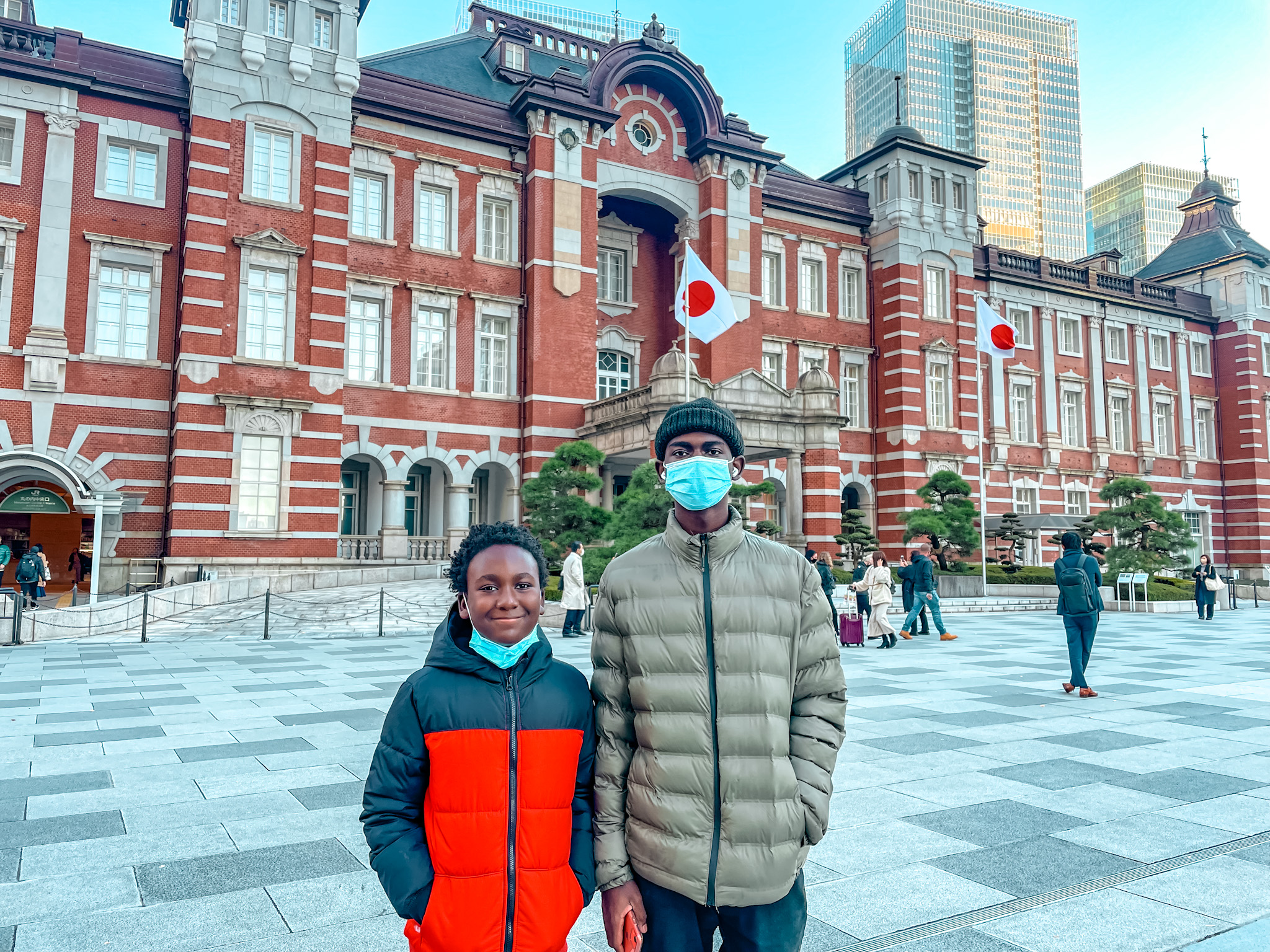
Eat & Shop Without Leaving the Station
If you’ve got an hour, you can eat very well without ever tapping out.
GRANSTA (inside & outside gates): Tokyo Station’s biggest “ekinaka” mall. Bakeries, sweets, bento, gifts, and sit-down bites spread across B1/F1. I treat this like a mission: grab drinks, snacks, and an ekiben for the train.
Ekibenya Matsuri (Gransta): The ekiben holy land. Over 150–200 varieties daily from all over Japan, line moves fast, choices feel endless, and yes, you’ll overbuy. Open early till late.
Tokyo Ramen Street (Yaesu Underground): Eight heavy-hitters slinging regional styles, tonkotsu, shoyu, miso, tsukemen. Go off-peak (10:30–11:30am or late night) to dodge lines.
Tokyo Character Street (First Avenue Tokyo Station): About 30 character shops, Pokemon, Ghibli, Shonen Jump, NHK, you name it. If you’ve promised souvenirs, start here.
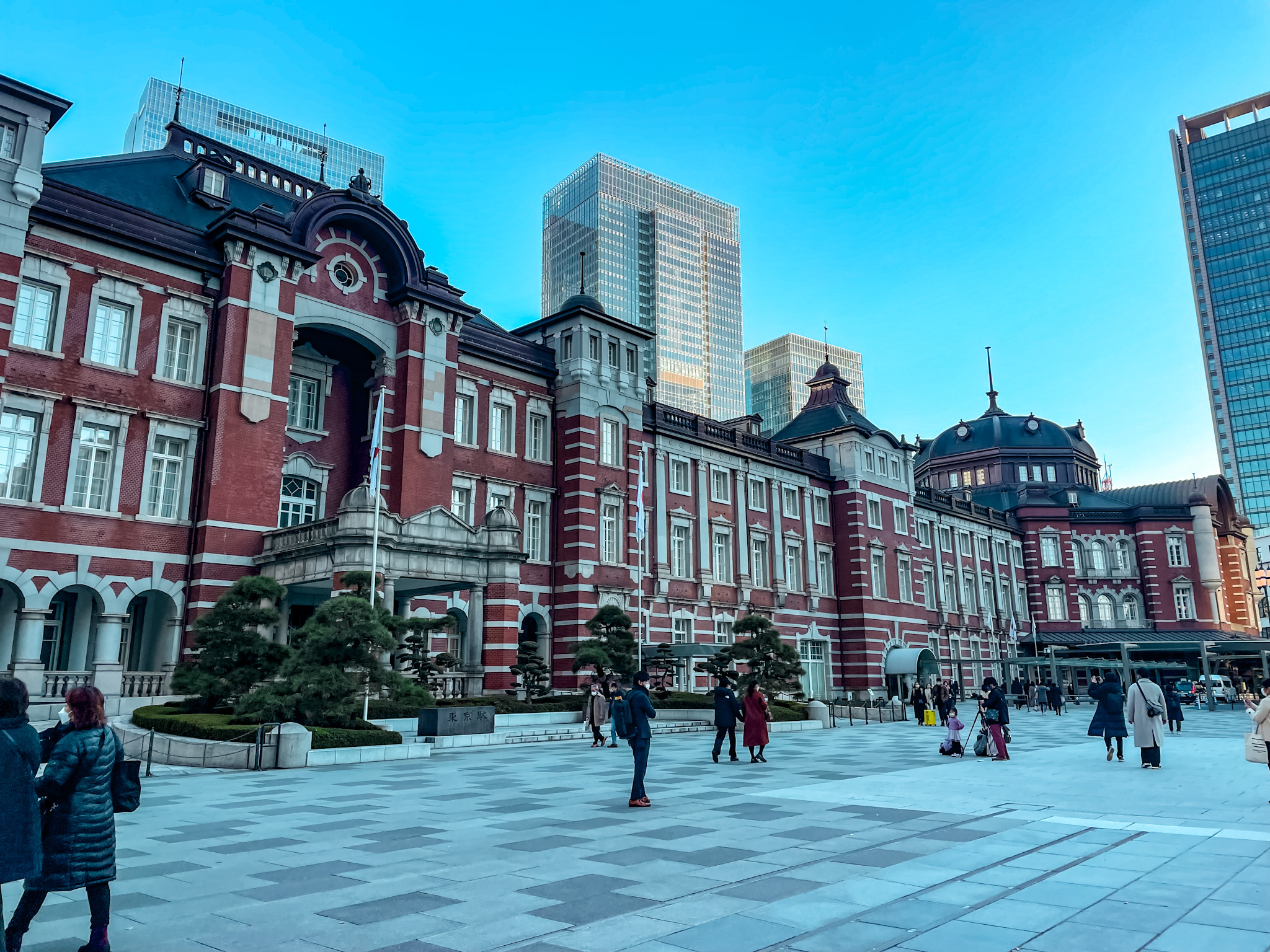
Things to Do Right Outside
Imperial Palace & East Gardens: A short walk from the Marunouchi exit; wide moats, stone walls, seasonal gardens. Check opening days (the East Gardens typically close Mon/Fri).
KITTE Rooftop “KITTE Garden”: Free terrace with the best head-on view of the station for photos (and trainspotting). Open late; check hours.
Tokyo International Forum: Five minutes’ walk via underground concourse, soaring glass atrium, rotating markets and exhibitions. When it rains, I hide here.
Tokyo Station Gallery: Compact museum inside the station’s brick walls, great curation, lovely brick rooms. Perfect for a calm 60–90 minutes.

Lockers, Luggage & “Hands-Free” Travel
Coin lockers: Scattered across levels (including a big cluster on B1). Use IC card or cash; sizes from SS to L. Lockers near Keiyō/underground passages are less picked over.
Baggage counters: Yamato Transport runs a counter at Marunouchi North Exit for same-day delivery to hotels or storage (super handy on checkout days). Sagawa operates a Tokyo Service Center inside First Avenue (Yaesu side).
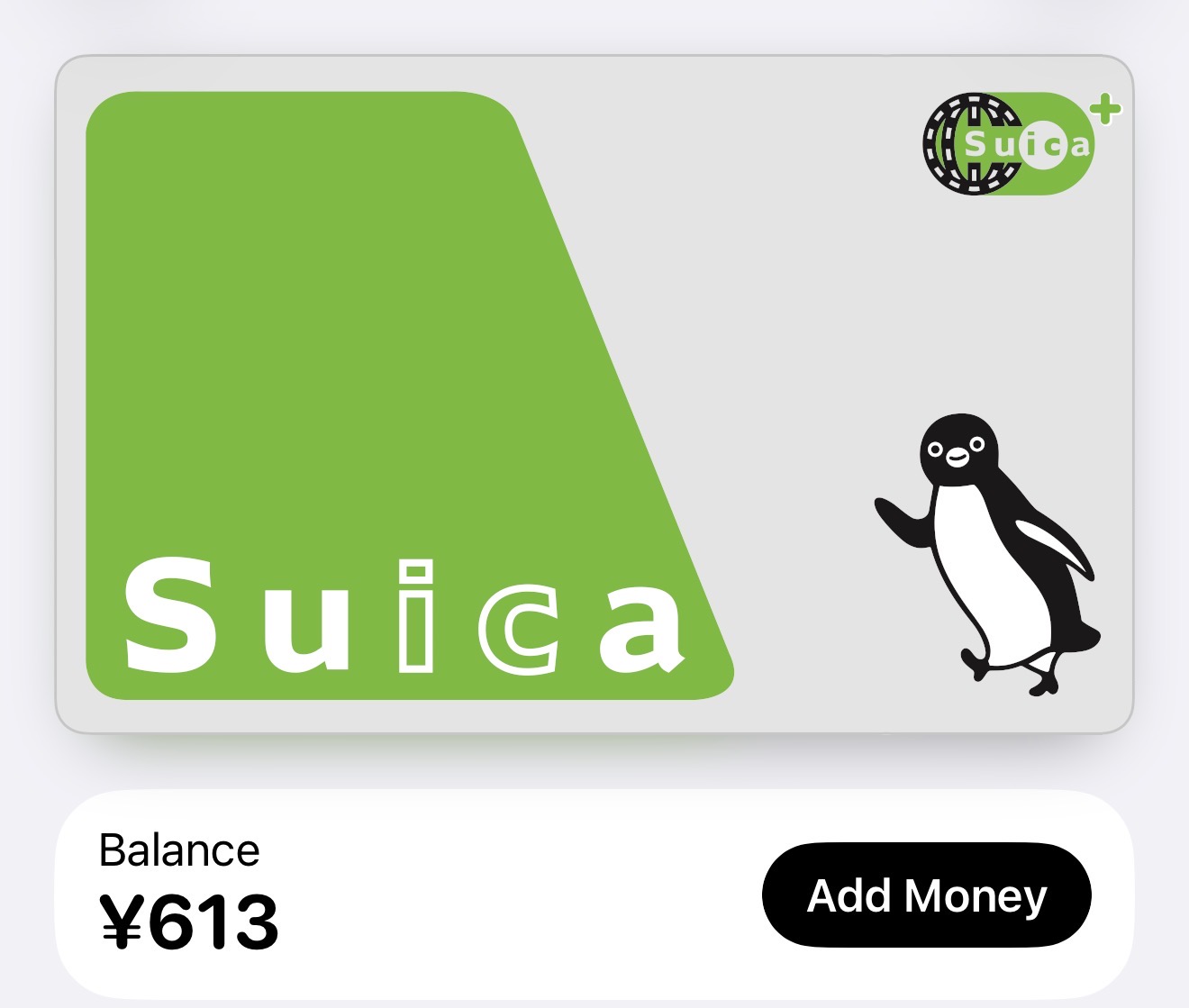
Tickets, IC Cards & Money
IC cards (Suica/PASMO): After the chip shortage, JR East resumed general Suica card sales in Jan 2024 and unregistered “Multi-functional Suica” returned in March 2025. Tourists can also grab Welcome Suica (no deposit, expires). Check current counters inside the station.
JR Ticket Offices & Travel Service Centers: Look for the green Midori-no-Madoguchi or JR East Travel Service Centers for JR Pass activation, Shinkansen reservations, and English service. The station maps page is your friend.
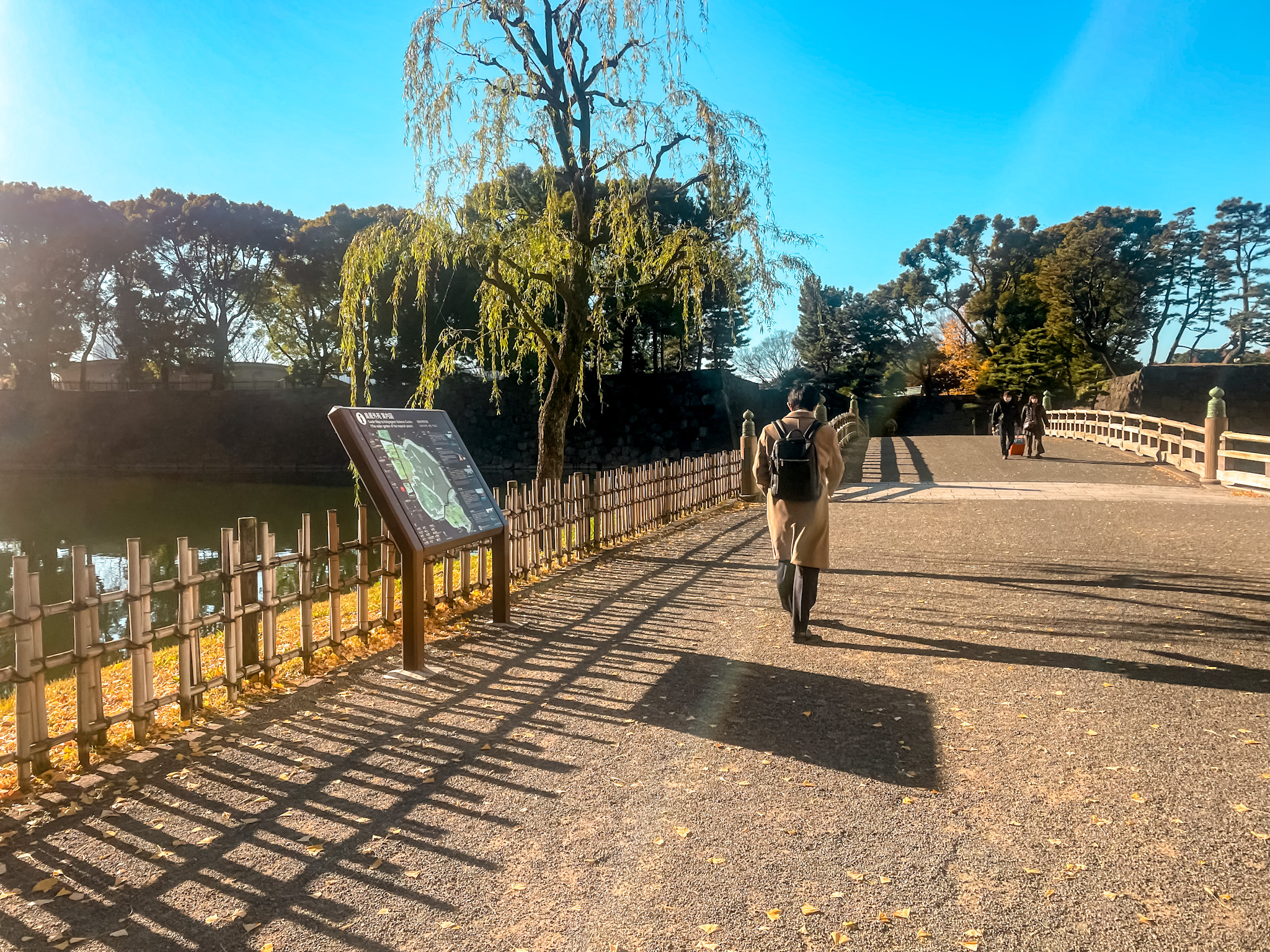
How I Navigate (and Keep Everyone Happy)
Arrive early for transfers. For Shinkansen → Keiyō (Disney) I pad 20 minutes; for anything else, 10 minutes is comfy with luggage.
Pick a meeting point before you split. “Gin-no-Suzu Square” (Silver Bell) is the classic rendezvous spot inside.
Food first, then trains. We grab ekiben + drinks at Ekibenya Matsuri or a quick bowl at Ramen Street before boarding. No one argues when they’re fed.
When in doubt, follow colors. JR lines are color-coded; Shinkansen names are on overhead boards with English. Staff are unfailingly helpful.
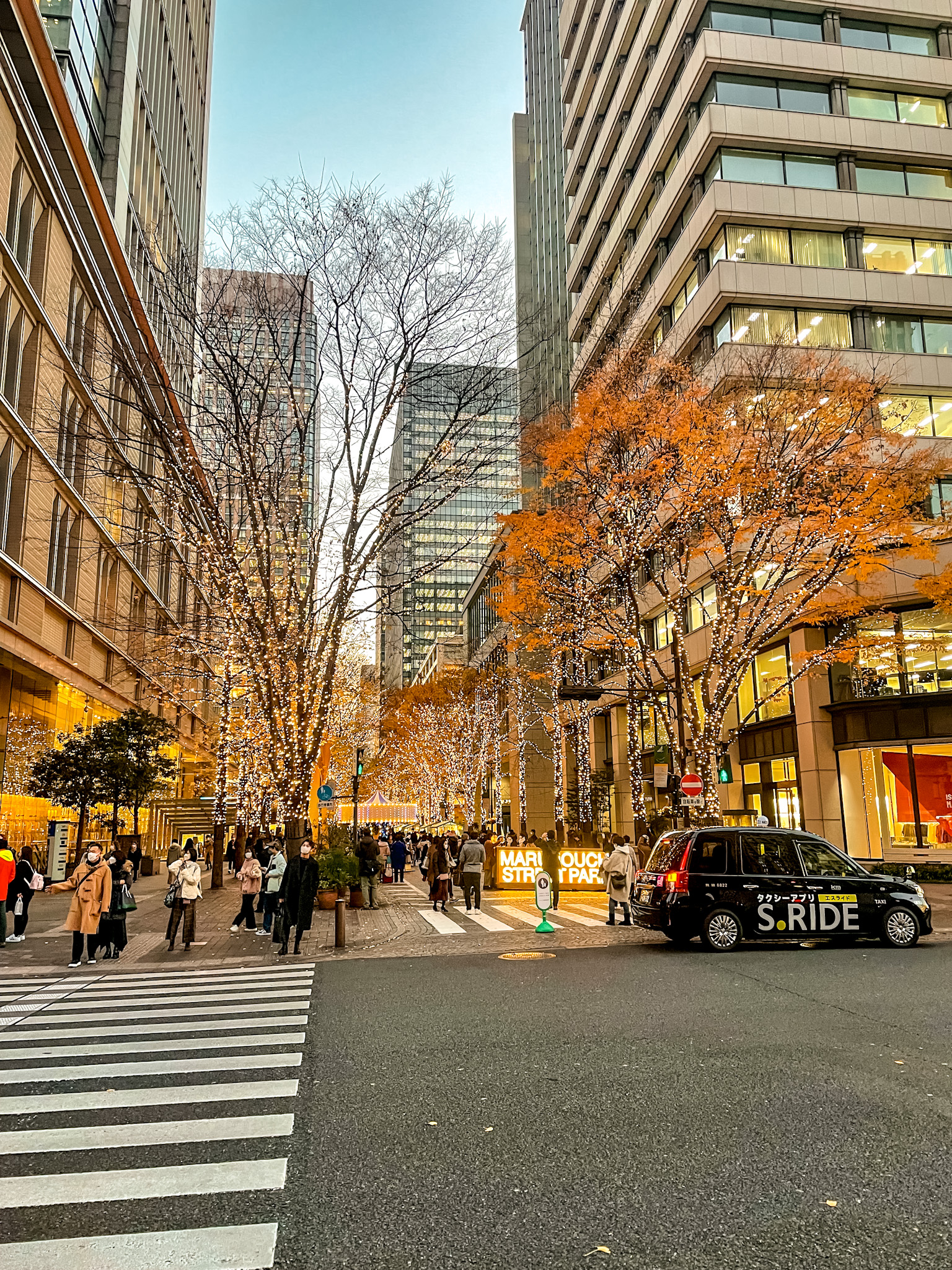
Mini Itineraries (if you have…)
90 minutes: Photos at Marunouchi Plaza → KITTE Garden view → dash down for GRANSTA sweets/souvenirs.
3–4 hours: Tokyo Station Gallery → stroll Gyokō-dōri toward the Imperial Palace → ramen or ekiben run → sunset photos from KITTE.
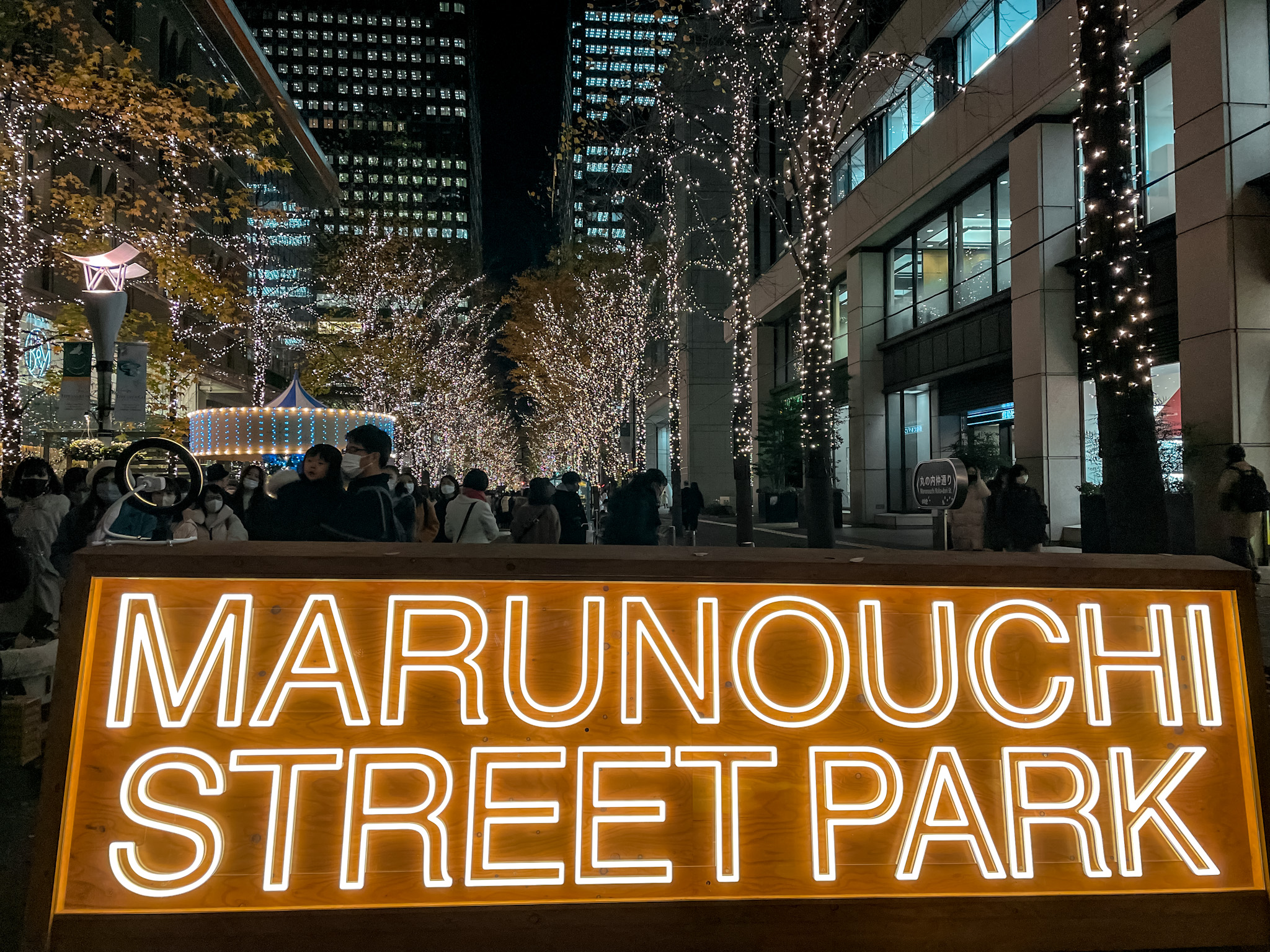
Key Maps & Official Info You’ll Use
Tokyo Station City “Using the Station” (maps for lockers, ticket gates, ATMs, info desks). Bookmark this.
JR East Tokyo Station page (layered floor maps incl. Keiyō and Sōbu/Yokosuka underground).
Bus Terminal Tokyo Yaesu (gate guide, hours 5:00–24:35).

Tokyo Station is a lot, in the best way. Treat it like a destination, not just a transfer. Grab the ramen, hunt the character shops, sneak up to KITTE for that view, and give yourself permission to get a little lost. The trains will still run, the signs will still help, and you’ll leave with better snacks than you started with.
